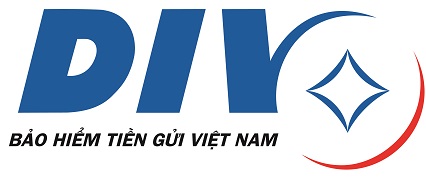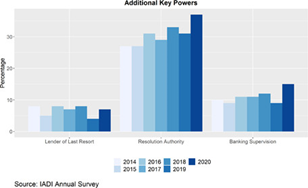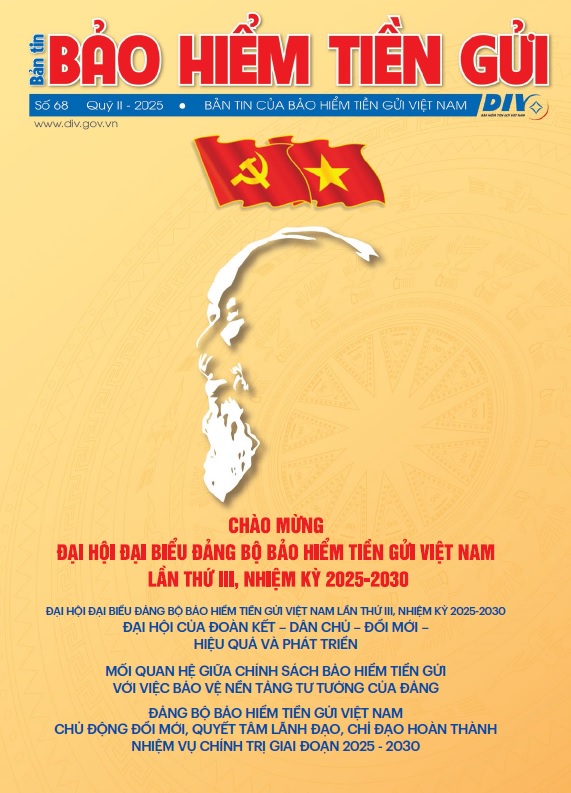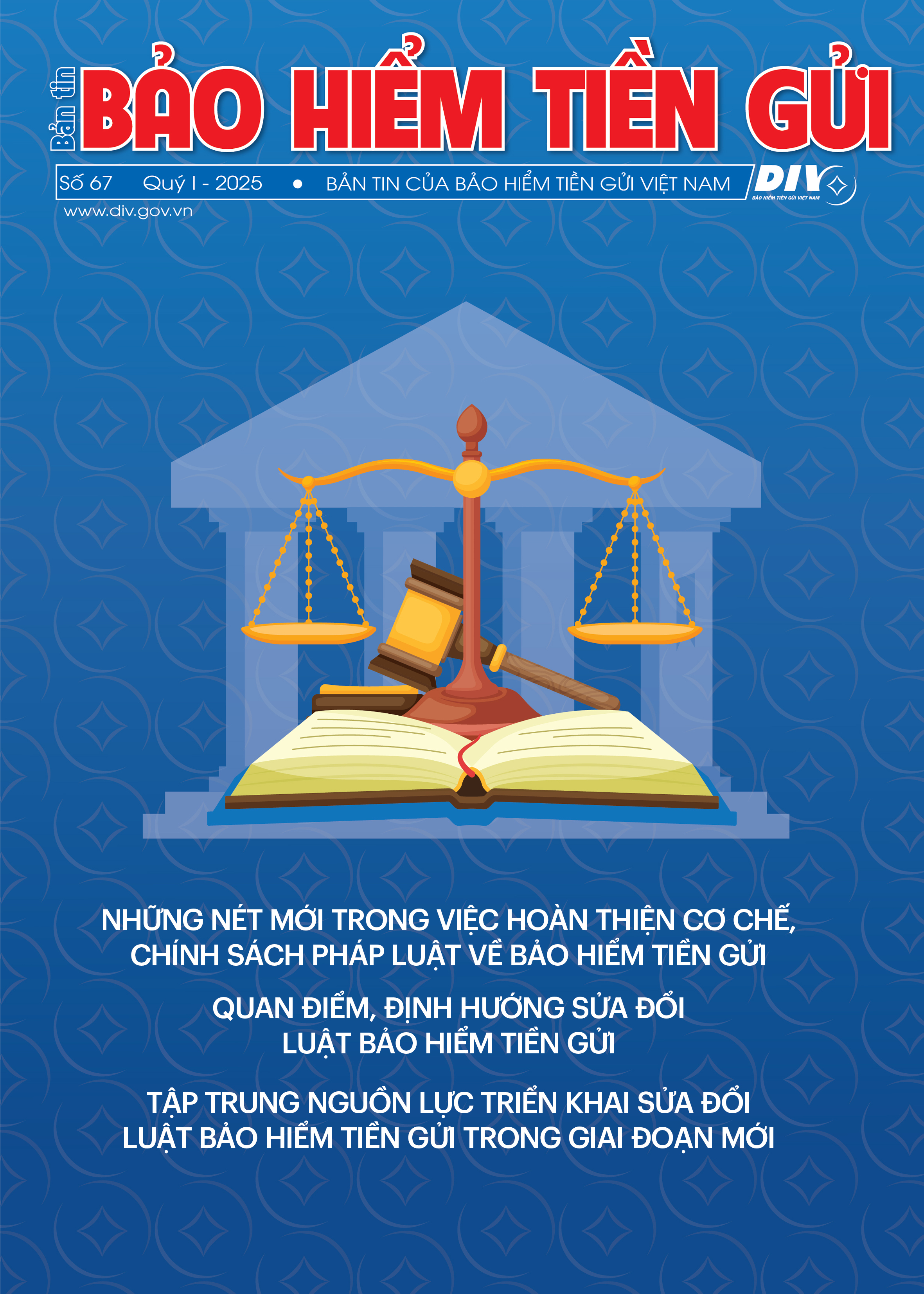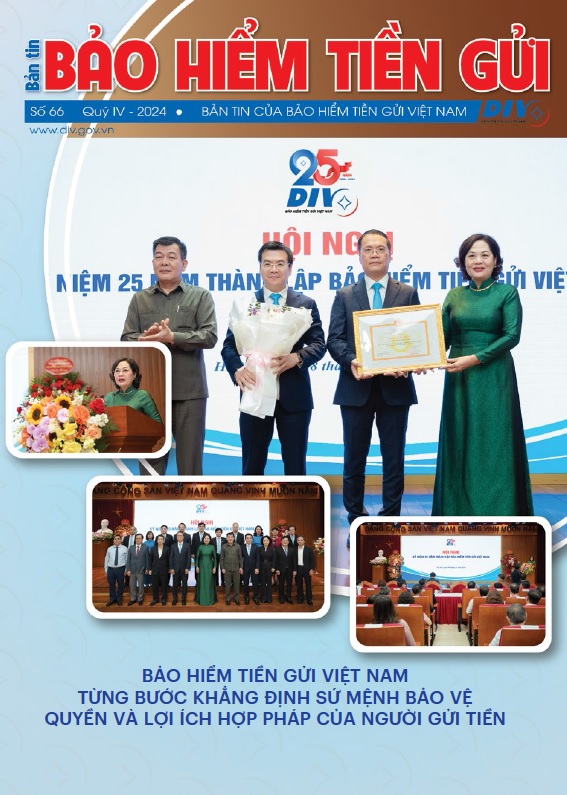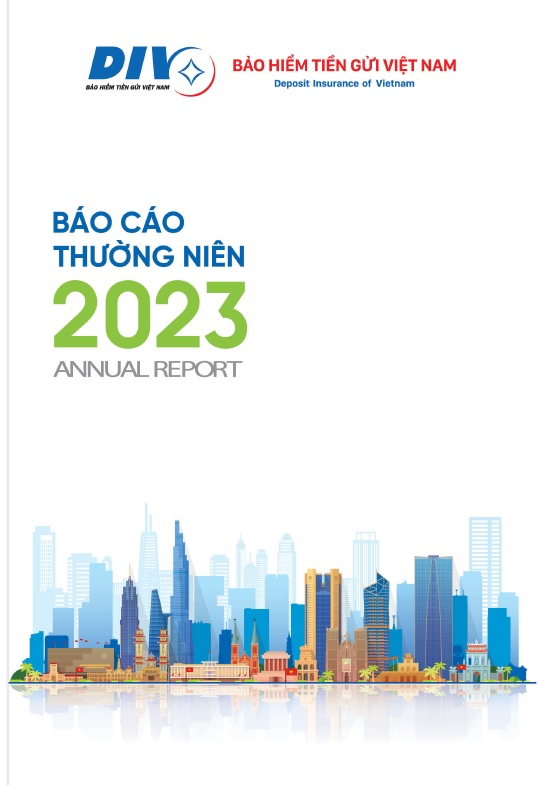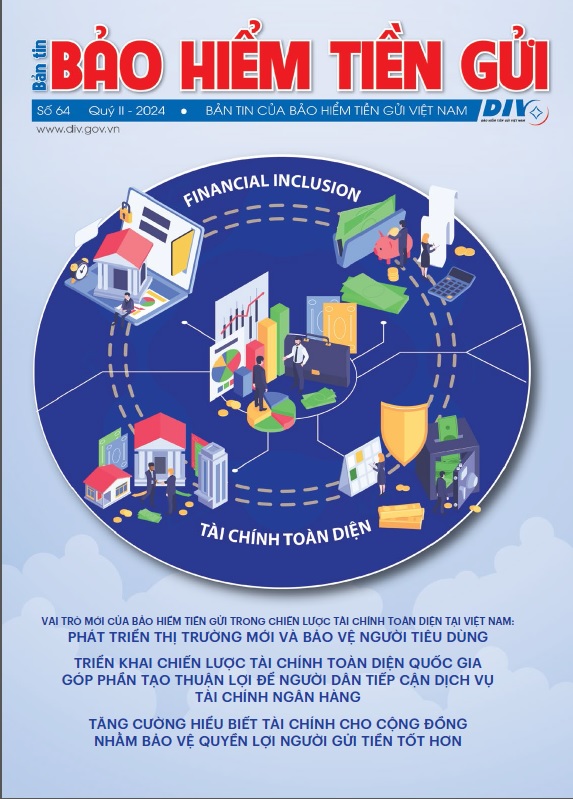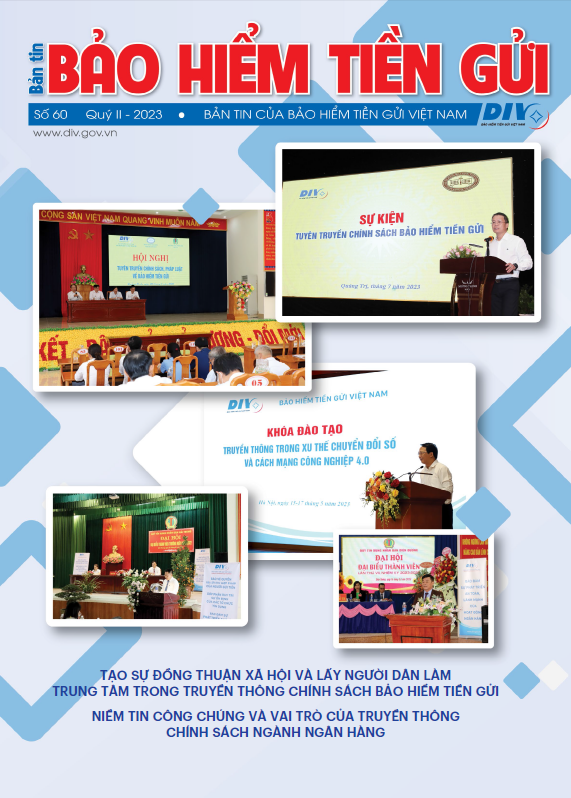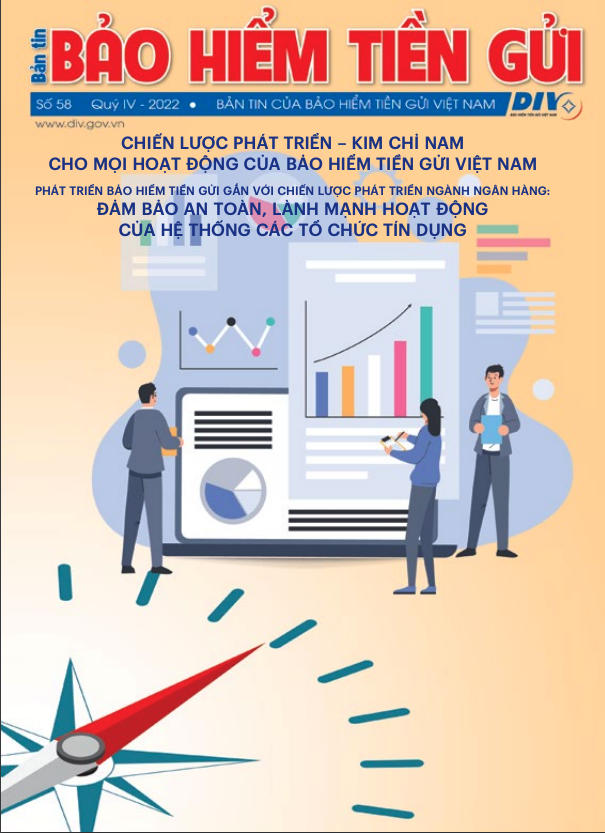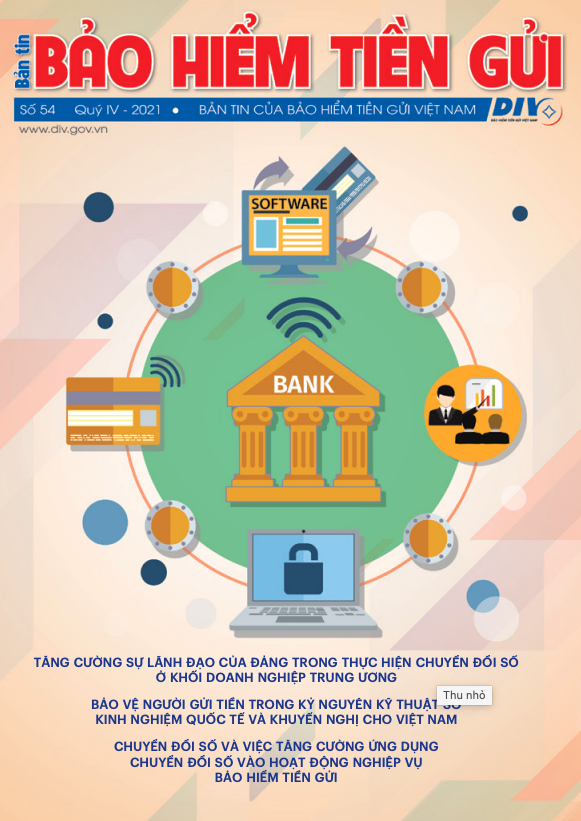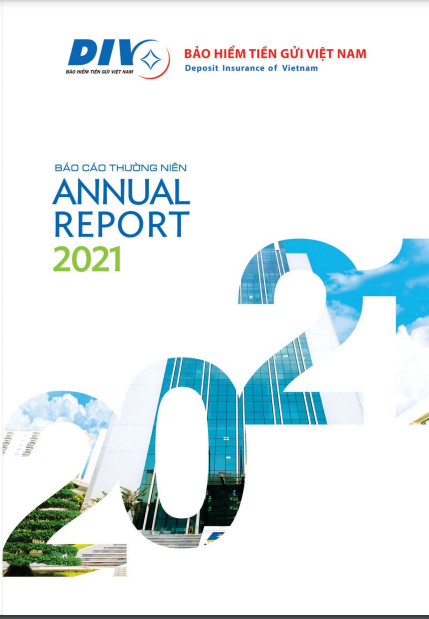
Mr. Dao Minh Tu, First Deputy Governor of the State Bank of Vietnam, spoke at the APRC 2023 Workshop
After more than 35 years of reform, Vietnam has become a middle-income developing country with a dynamic, strongly integrated market economy and high growth, ensuring public benefits from the development process. specifically, in 2022, Vietnam's economy grew at 8.02%; the scale of the economy expanded significantly; GDP reached about 409 billion USD; GDP per capita was estimated at 4,110 USD and belongs to the middle -income countries in the world. The quality growth improved, labor productivity was estimated to reach 8,083 USD per worker, which increased 622 USD compared with the year 2021. According to comparative prices, labor productivity in 2022 increased by 4.8% due to the qualifications of workers. The scale of foreign trade in 2022 reached nearly 735 billion USD, attracting FDI investment capital of nearly 450 billion USD from 143 countries and territories. Besides domestic investment, Vietnam also actively invests abroad. In 2022, Vietnam's overseas investment results in 109 projects newly granted investment certificates with a total capital of 426.6 million USD, increasing 4.3% over the previous year. There were 26 projects with adjusted capital with an increased capital of 107.4 million USD. Overall, Vietnam's total investment capital abroad (both new and adjusted capital) in 2022 reached nearly 534 million USD. Along with the strong international economic integration process, up to now, Vietnam has 30 strategic partners and comprehensive strategic partners, with economic and trade relations with 230 countries and territories. It can be affirmed that international economic integration makes an important contribution to expand and deepen Vietnam's relations with partners, creating an intertwin of interests, making contribution to preserving a peaceful and stable environment to develop the country. Along with the country's international integration flow, promoting banking industry integration plays an important role in expanding and bringing Vietnam's relations closer to international partners.
Banking activities in Vietnam began in 1951 with the establishment of the National Bank of Vietnam. As Vietnam has transformed reforms since 1986, the banking system has been gradually developing and improving its organizational model, legal institutions, technology and services. Up to now, the banking system has made remarkable progress, playing an important role in the economy. Not only is inflation well controlled but bank credit capital is also an important driving force to promote growth. By applying advanced technology and new solutions to payment activities, domestic banks are constantly improving their products and services, with the aim of improving payment speed, enhancing safety and security of service provision and protecting customer information.
As of August 2023, the total assets of the credit institutions system in Vietnam are more than 18 million billion VND (equivalent to about 750 billion USD). Currently, Vietnamese’s banking industry is currently undergoing strong international integration, as large banks around the world are present in the country. specifically, in addition to 35 commercial banks, 1,179 people's credit funds, and 1 cooperative bank, in Vietnam there are also 9 banks with 100% foreign capital, 2 joint venture banks, and 50 foreign bank branches and 66 representative offices of credit institutions from countries around the world such as Australia, Japan, Germany, France, Korea, Singapore, Netherlands, Thailand, USA, China, Malaysia, Hong Kong ... In addition, Vietnam's commercial banks are also actively expanding markets abroad such as Australia, America , Russia, Hong Kong, Singapore, Czech Republic, Laos, Cambodia, Myanmar...
DIV was established in 1999 with the aim of becoming a financial institution that contributes to ensuring the safety of the banking system and protecting depositors. During its operation, DIV has well performed the assigned functions and tasks. As of October 2023, DIV's total assets reached more than 109 trillion VND, equivalent to about 4.43 billion USD. Thanks to that, DIV has good resources available to reimburse insurance premiums to depositors when necessary and effectively participate in the process of restructuring the credit institutions through financial support activities. After 24 years of operation, the legal framework for the operation and role of DIV is increasingly improved. In addition to the Law on deposit insurance promulgated in 2012, the functions and tasks of DIV are also regulated in the Law on credit institutions.
Currently, The amended Law on credit institutions aims to enhance risk prevention, strengthen the capacity of self-examination, internal control, and self-responsibility of credit institutions; building tools to manage credit institutions; early detection and timely intervention of violations in banking operations; Strengthening decentralization of power associated with examination supervision, and individualization of personal responsibility; ensure openness and transparency in banking operations. The Law on credit institutions also aims at ensuring credit institutions system; Strengthening examination and supervision measures of the SBV, at the same time involving the participation of the Government Inspectorate, the Ministry of Finance and other ministries to manage and control credit activities and prevent manipulation, group interests, cross-ownership; resolve bank runs and have an effective mechanism to restructure specially controlled credit institutions. For DIV, the Law on credit institutions is expected to assign DIV a number of functions and tasks in early intervention and resolution of credit weak institutions.
The SBV's perspective involves promoting the application of international experience to the banking industry in general and deposit insurance activities in particular. According to international experiences, early detection and timely intervention of weak credit institutions are very important for the effectiveness and stability of the deposit insurance system, helping deposit insurances prepare thoroughly for future events. When a credit institution' situation starts to deteriorate, timely intervention can help overcome risk factors and improve the business situation. Timely intervention can reduce the likelihood of bank resolution, contribute to maintaining banking system stability and public confidence while preserving the value of troubled banks, protect depositors better and minimize losses to the deposit insurance fund. Therefore, this seminar titled "Enhancing the role of deposit insurance in early detection and timely intervention" is very appropriate in the context of the need to enhance the role of deposit insurance in particular and ensure the stability of the banking system in general is increased.< /p>
On behalf of the leaders of the SBV, I highly appreciate the fact that the DIV hosted this international conference, which demonstrates the active and responsible participation of the DIV in international forums. Through this seminar, I look forward to receiving comments from delegates about the role of deposit insurance organizations in early detection and timely intervention as well as the coordination between supervisory agencies and DIV for early detection and timely intervention. I know that in this forum there are many deposit insurers operating under different models such as pay-box, pay-box plus, loss-minimiser or risk-minimiser. In this seminar, we will also share the role of deposit insurers according to each country's model, and discuss which practical experiences are suitable for each country. The delegates' sharing and exchanging of knowledge are extremely valuable to help us improve the legal framework for deposit insurance activities in Vietnam in particular and banking activities in Vietnam in general.
Communication Department
